When it comes to tarantulas, the genus Brachypelma is by far my favorite. The first tarantula I got, in 1976, was Brachypelma harmori and its gentle disposition and long life instantly made it a favorite. As I added more tarantulas to my collection, I found that the Brachypelmas were the ones I enjoyed keeping the most.

The first thing I like is how easy they are to maintain. They do not need high humidity requirements like the tropical species and maintaining a 75 degree temperature is a lot easier, and cheaper, than the higher temperatures that tropical tarantulas like. They are also beautiful, with many contrasting colors such as orange and black, and they can live a very long time. In fact, females are thought to be able to live for 25 to 30 years!
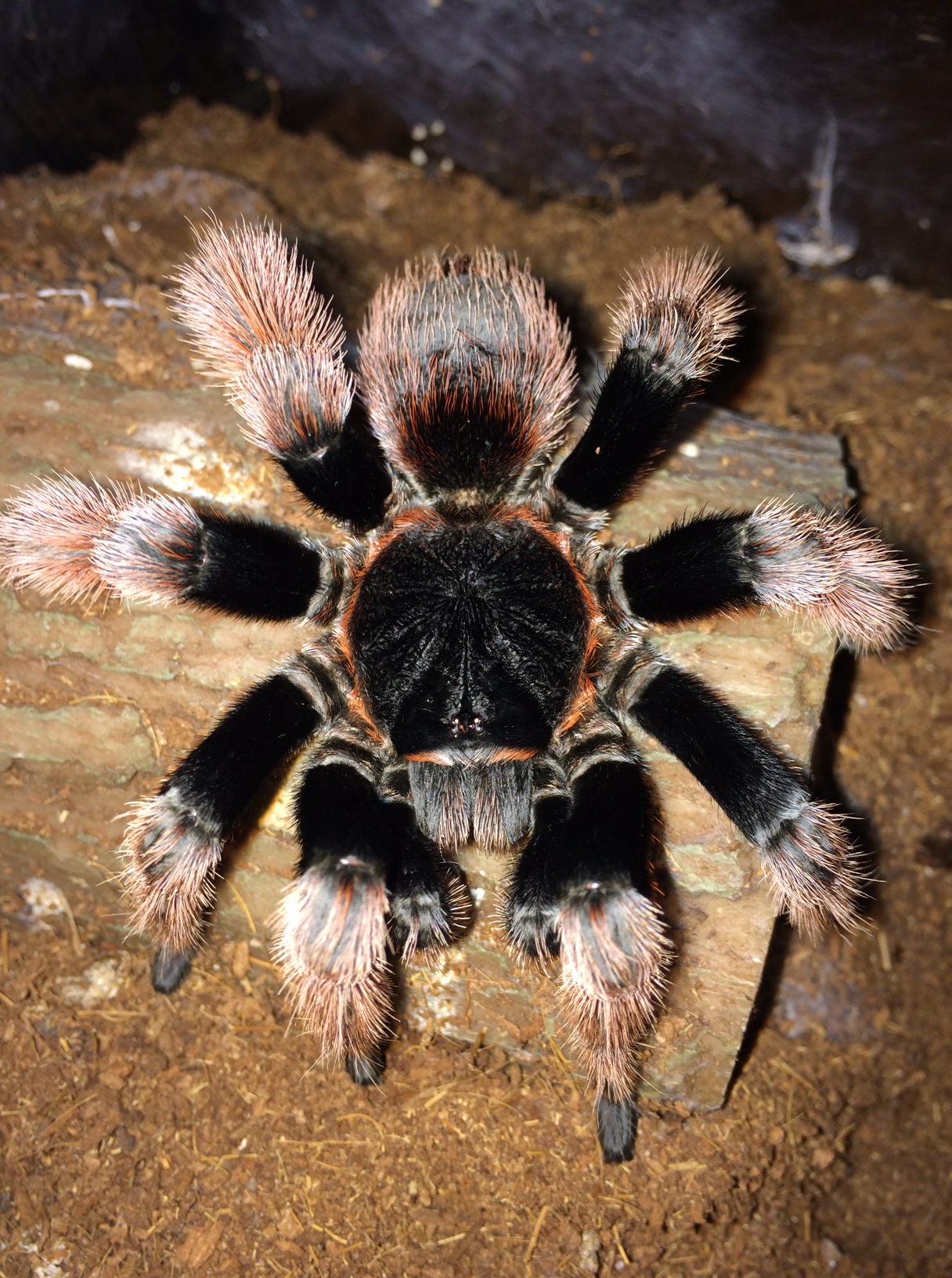
I started to hear rumors in the late 1990s of a pink Brachypelma. It was being called the Mexican Pink Beauty, aka Brachypelma klaasi. When they first started showing up on dealers’ price lists they were very pricey. Thankfully, in 2015, the price had come down quite a bit thanks to captive breeding and I purchased three. Though it took them quite some time to achieve their adult colors, it was so worth the wait as this tarantula is simply stunning!
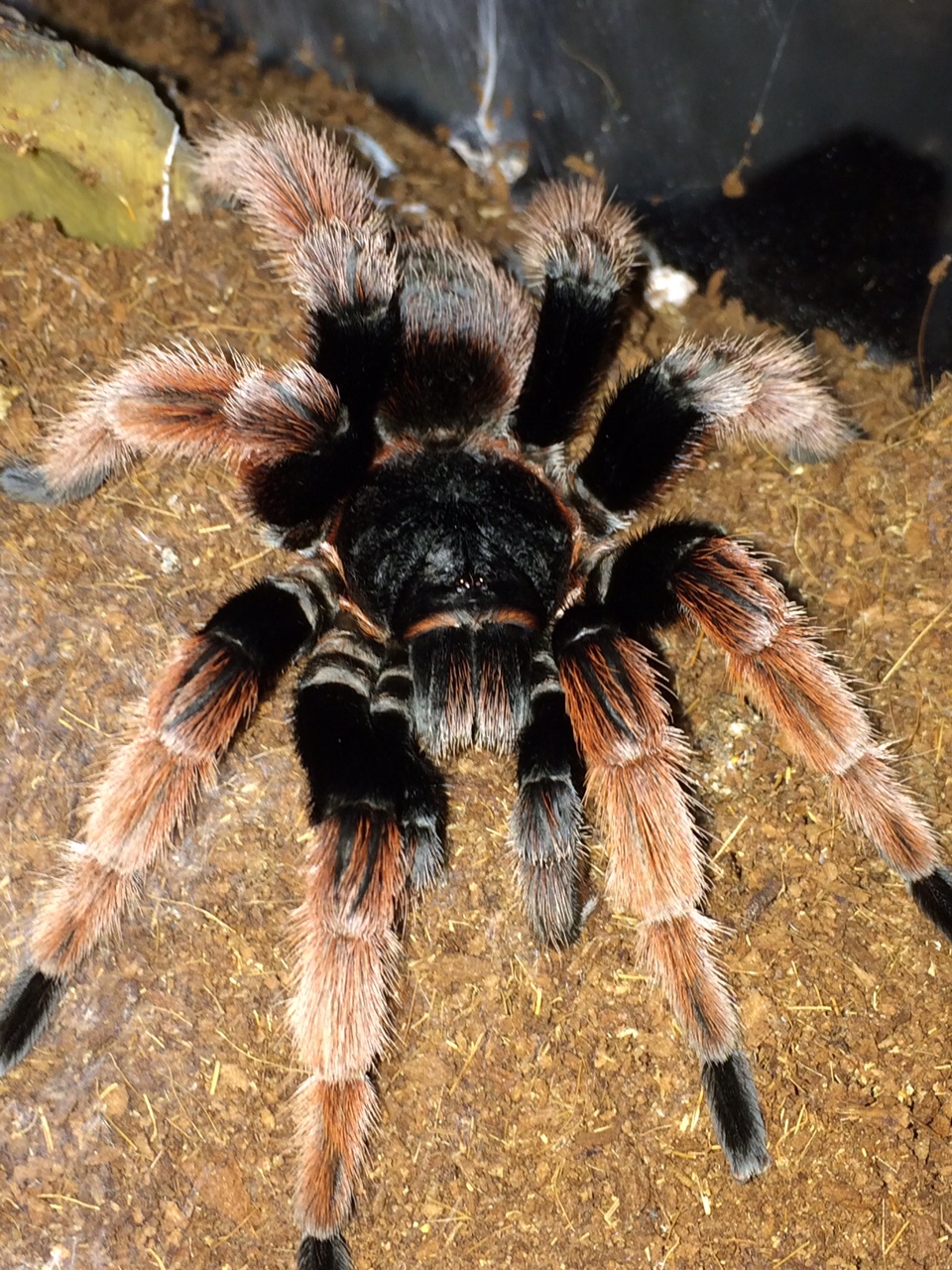
In the wild this is one of the rarest Brachypelmas due to low survival rates and habitat loss. Thankfully they are easy to breed in captivity so they are now readily available and adults do not need to be taken from the wild. This species is a must-have in every collection.
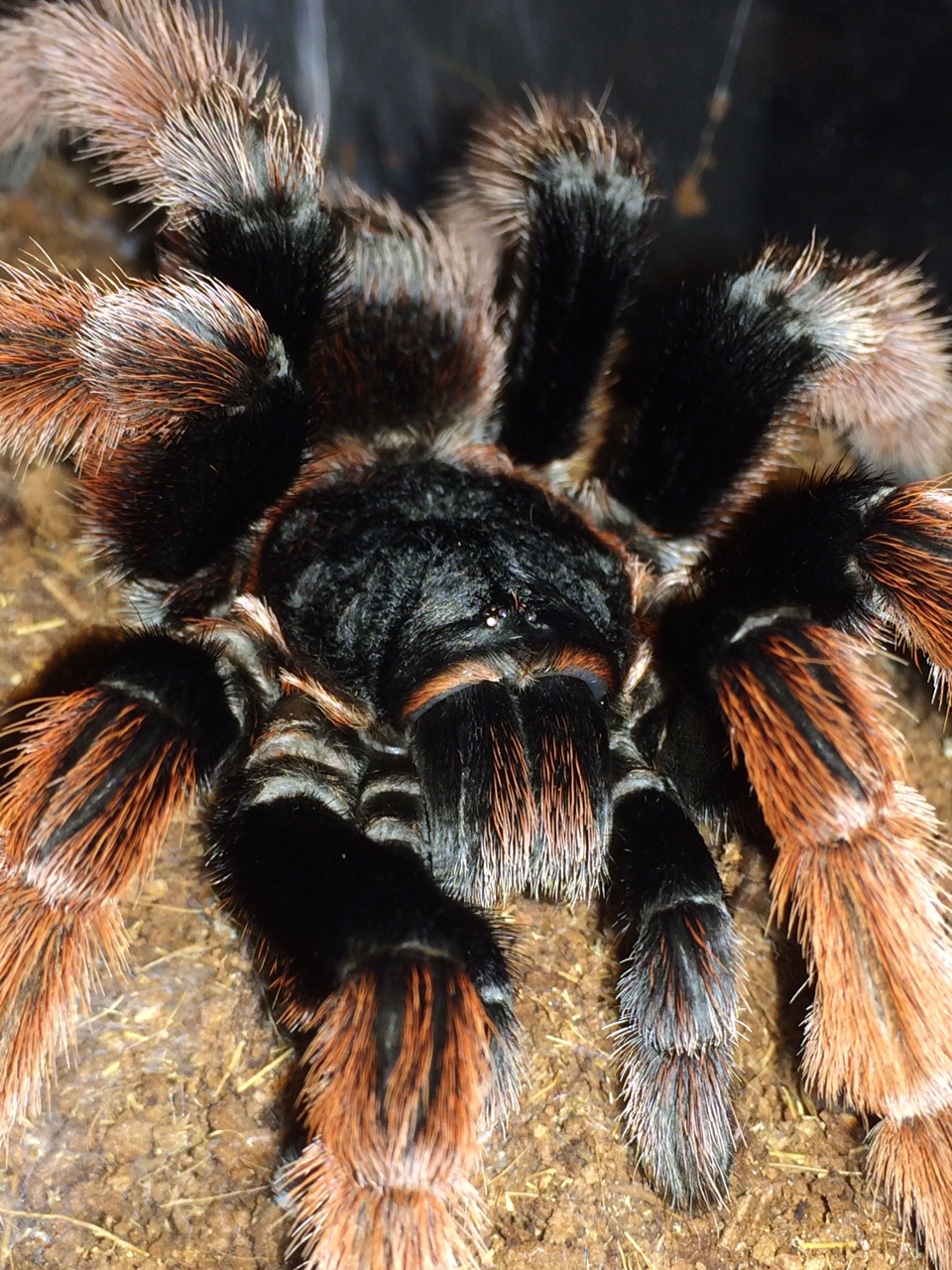
In their native habitat, in the coastal areas of Colima and Jalisco — small regions in Mexico, they are typically found in burrows or under fallen logs, large rocks, inside old tree stumps and large tree roots. In captivity they are very opportunistic so you can provide either a deep substrate to burrow or something for them to hide either in or under.
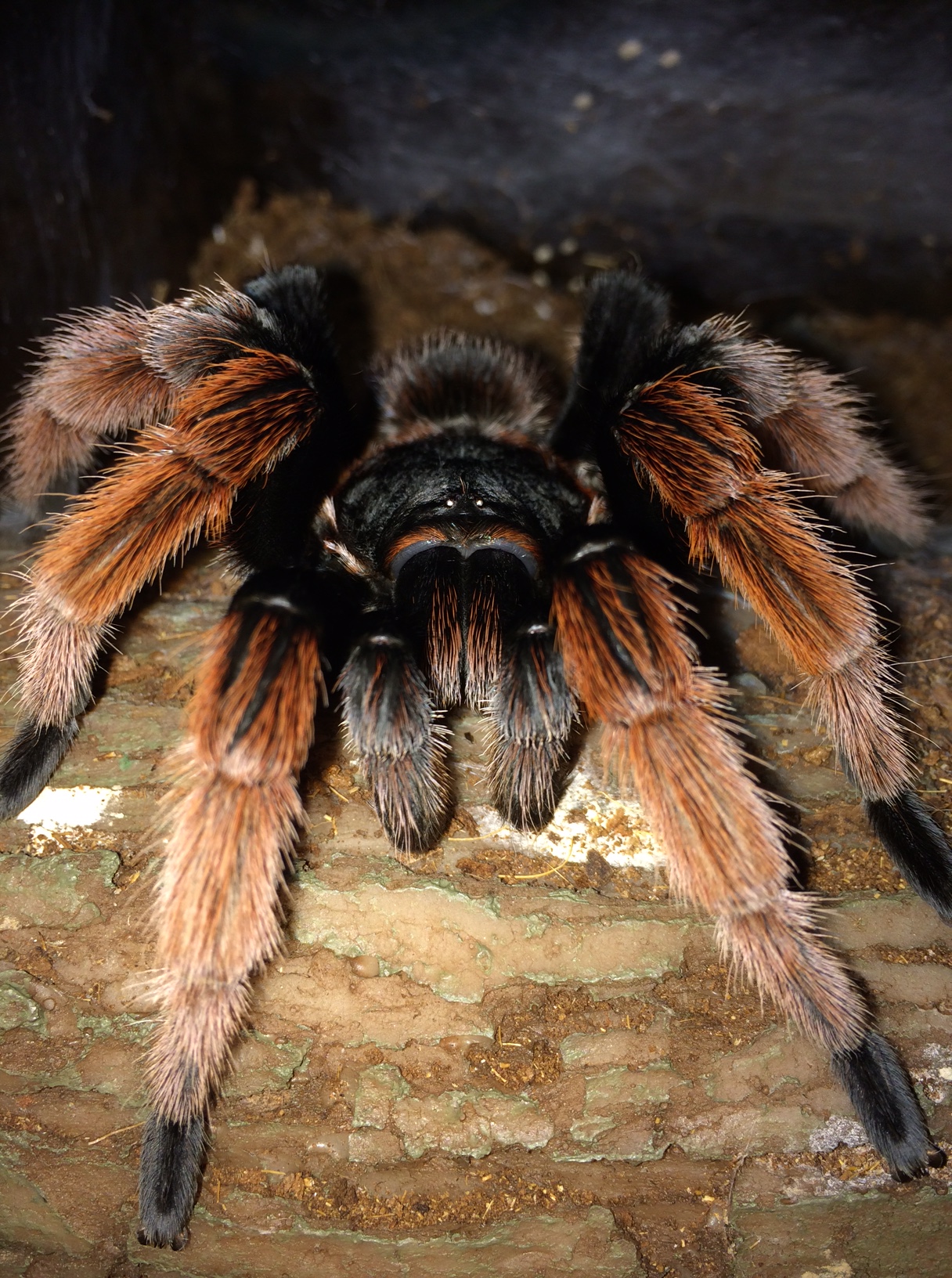
Though most Brachypelmas are considered docile, many are very nervous and klassi is no exception. I would not recommend handling them as they are easily spooked, which could cause an unexpected injury. They will readily flick their urticating hairs if disturbed.
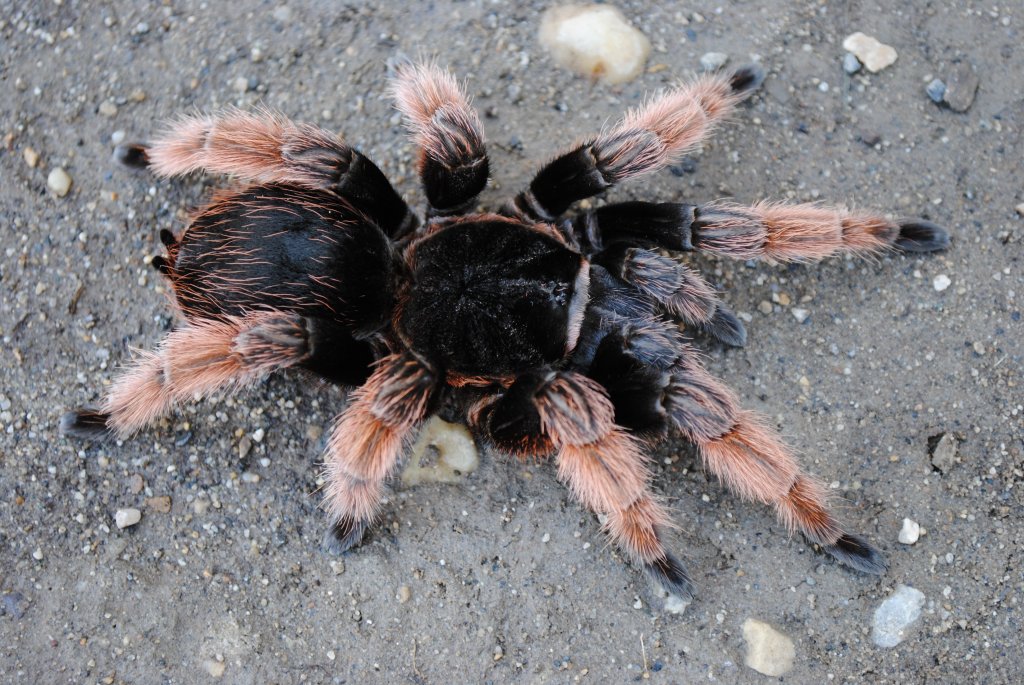
They can grow to about five inches in leg span and it is the colors that make this species in such high demand. It kind of looks like a velvet painting. The base color is velvet black with the hairs on the metatarsi, tibias and patellas being a pinkish-orange color. The first five photos that I have included here were not edited in any way. They were taken with my iPhone with the flash.

They are great eaters and make a beautiful display animal. Unfortunately they are currently listed as “near threatened” on the International Union for Conservation of Nature’s Red List of Threatened Species. Hopefully continued captive breeding programs will help this species survive.
~David Albaugh



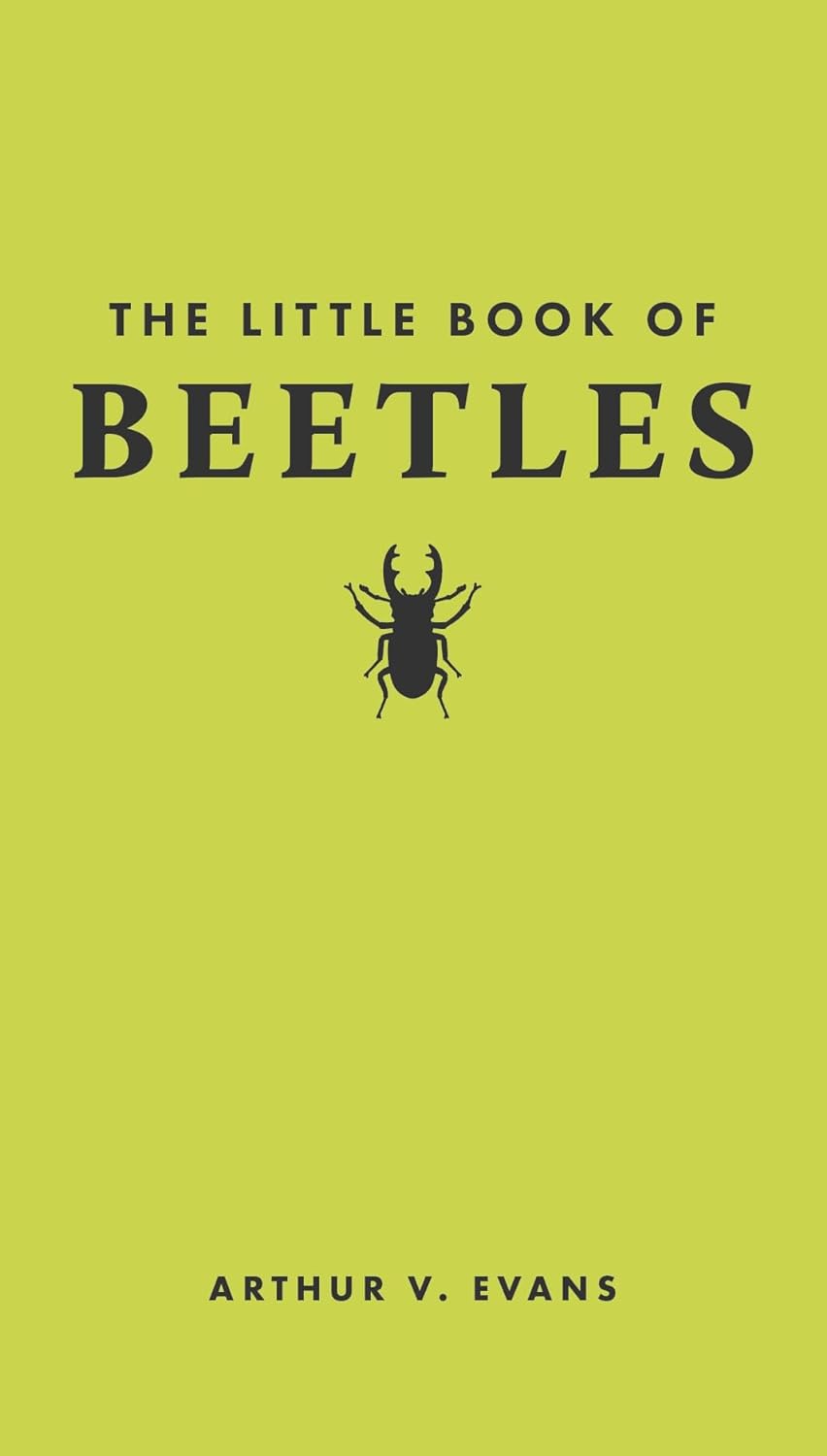

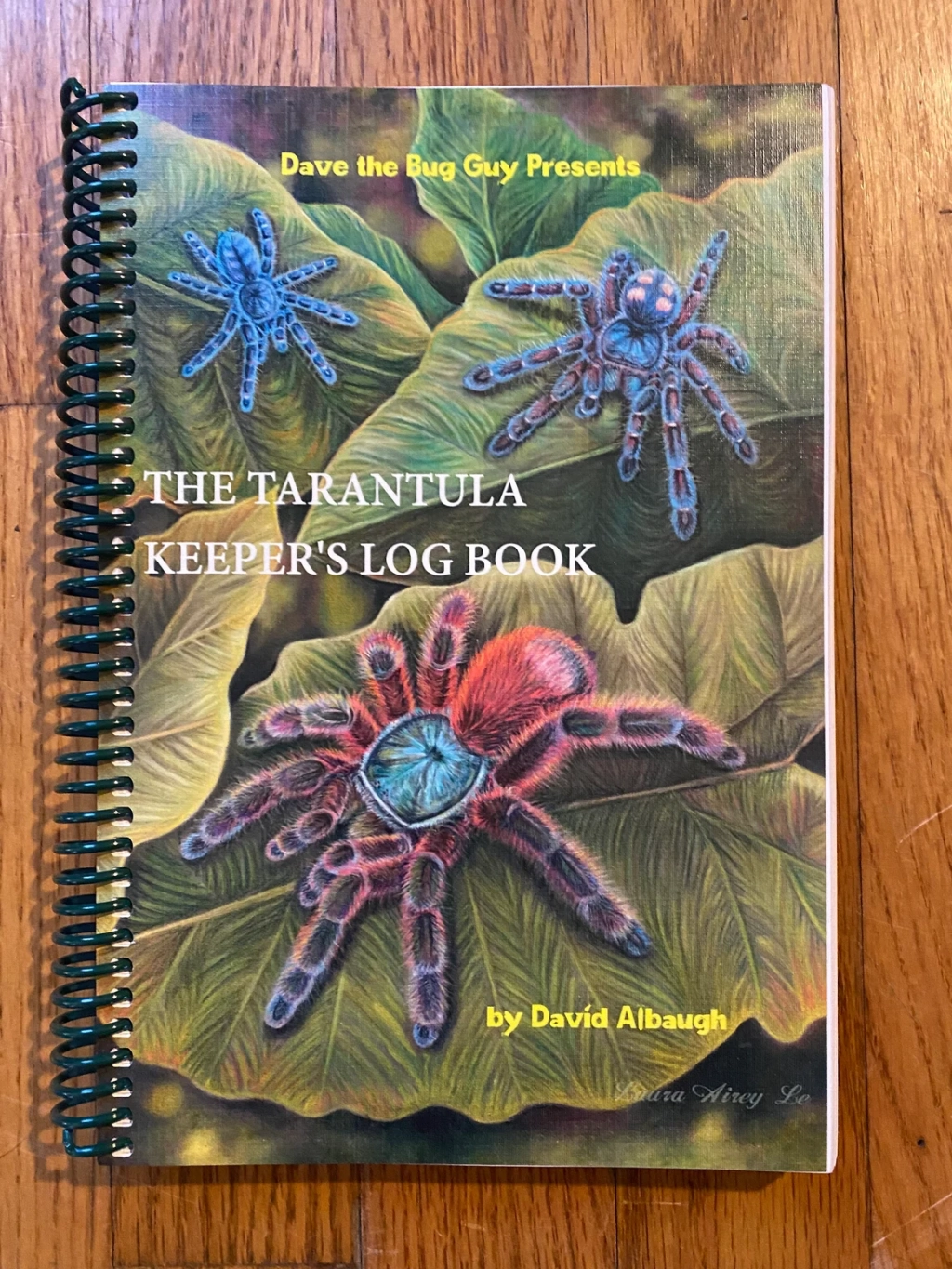
Leave a comment